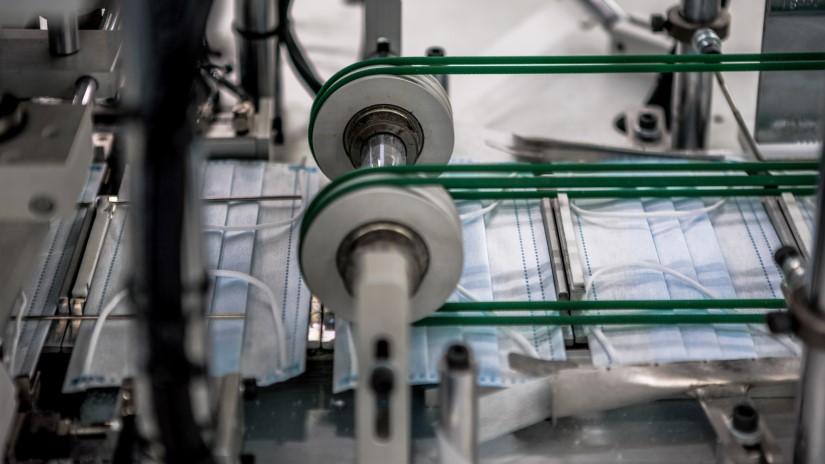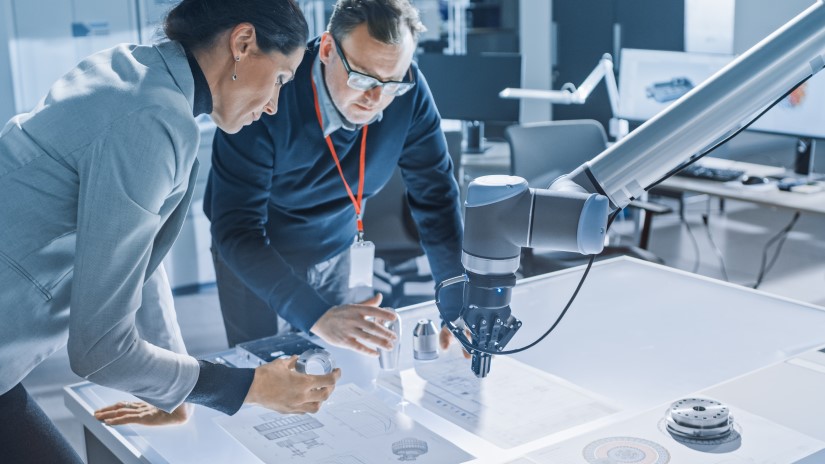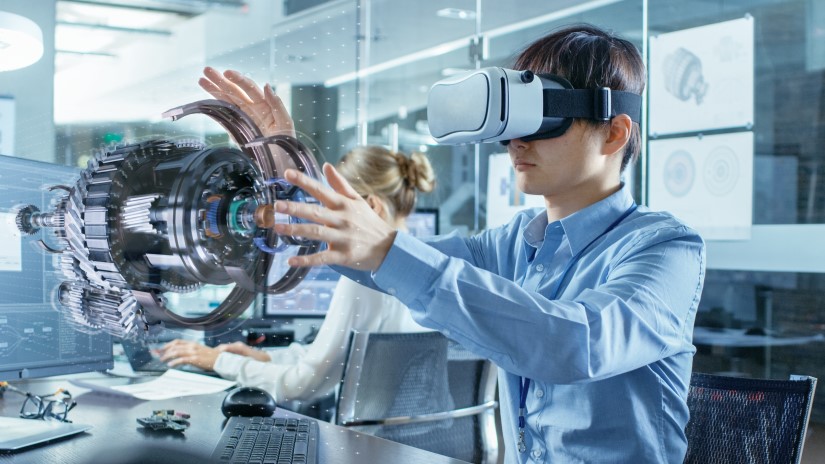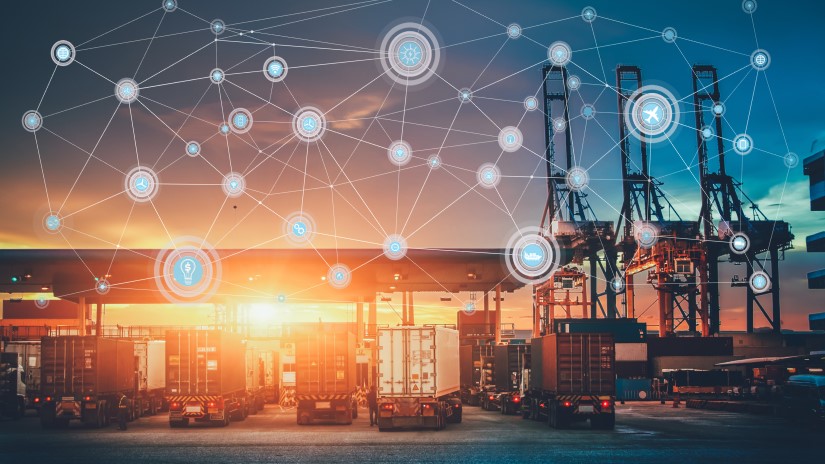By Sudhanshu Gaur, Vice President and Head of IoT Edge R&D at Hitachi America, Ltd. and
Chief IoT Architect at Hitachi Astemo, Ltd.
The manufacturing business environment can be unpredictable. Supply chain disruptions occur, demand for products fluctuates, and game-changing innovations quickly appear on the horizon. To stay in business and remain competitive, manufacturers must anticipate and respond to both foreseen and unforeseen changes.
What’s the key to this responsiveness? Manufacturing resiliency. And the driver behind this resiliency is data-driven production execution supported by digital technologies.
Advanced digital technologies such as artificial intelligence (AI), the industrial Internet of Things (IIoT), and blockchain improve data and analytics, making the value chain more resilient and sustainable.
Hard lessons have been learned in the wake of the novel coronavirus pandemic. Manufacturing has been particularly hard hit. Companies that were able to react quickly, retool their factories, redirect their supply chains and take advantage of advanced digital manufacturing technologies quickly switched gears to meet crucial needs and create new opportunities.

For example, clothing designers and manufacturers such as H&M, Brooks Brothers and Hanesbrands retooled their factories to produce face masks, medical gowns and protective aprons for hospitals. Spirits manufacturers Bacardi and Brown-Forman shifted their distillery operations to manufacture hand sanitizers for first responders. And production lines at Fiat Chrysler Automobiles, Ford and GM are now turning out ventilator parts, respirators, and other much-needed medical equipment.i In addition to meeting urgent worldwide needs, these companies have created a culture of resiliency in their operations that will be valuable to them and the communities they support in both the short and long term.
Resilient manufacturing remains imperative even as the pandemic subsides. With evolving customer expectations, disruption has become a constant in the manufacturing sector. Therefore, digitalization and automation in manufacturing have become non-negotiable.
Yet, beyond charting a strategic roadmap to resilience, navigating this transformative journey calls for a distinctive approach - one that places people at the heart of the process, cultivating a culture of digital innovation.
By taking the following three steps, you can transform your manufacturing environment to become more resilient and improve operations. With smart manufacturing technology and automation solutions, You can more effectively meet the needs of your customers under any circumstances while creating new opportunities for your business.
The manufacturing industry has come full circle, from the days of hyper-customized craft production before the first Industrial Age through mass production in the early 1900s to manufacturing today. With the trend toward personalization that we’re now seeing in the marketplace, the manufacturing industry is moving back to hyper-customization ― or a lot size of one.
However, in this Industry 4.0 iteration, hyper-personalization is being done at scale. Adaptive or Flexible automation is at the forefront of this evolving story. Robotics and artificial intelligence (AI) are the key technologies that make flexible automation at scale possible, enabled by 5G, Time-Sensitive Networking (TSN) and Open Platform Communications (OPC).
Take the example of advances in warehouse automation that include intelligent robotics systems for picking, sorting and palletizing - to create flexible and resilient supply chains to keep pace with increasing customer demand. As robotics and automation become more advanced, the tasks assigned to robots can be more adaptive by combining them with other technologies such as remote monitoring and remote programming, allowing manufacturers to view and make changes off-site.
On the road to full automation, we can expect to see more scenarios where humans work alongside collaborative robots on the shop floor.

This collaboration could take many forms. For example, workers could adapt their tasks to preconfigured robotic operations. However, with rapid advancements in robotics and AI in manufacturing, future production lines could also be staffed with robots that have the intelligence and situational awareness to easily work alongside humans ― adjusting their behavior according to each worker’s style and speed.
The smart manufacturing technologies that will drive this digital transformation include robotics and mixed reality, with 5G, IoT and AI serving as the digital backbone and application enablers. And as manufacturers realize the power of data-driven technologies, this will be just the beginning of the transformative journey of Industry 4.0 that will lead to better products, happier customers and greater business success.
Prior to the pandemic, there was a lot of industry buzz and some solid proof points for deploying augmented reality (AR) and virtual reality (VR) in manufacturing, particularly within the maintenance function. However, not everyone believed this technology would be quickly and widely adopted.

Now, as companies have been forced into embracing remote working, we’re seeing a renewed enthusiasm among executives for these advanced digital manufacturing technologies. There's a heightened urgency to incorporate remote operations as an integral means of supporting manufacturing operations ― whether for product quality inspection, equipment maintenance tasks, or even collaborative tasks involving product design and production planning.
Technologies that can be seamlessly integrated into work environments will quickly evolve to include key enablers such as digital twins, 3D visualization and private 5G.
When used effectively, digital twins can accelerate product launches, optimize energy consumption, improve worker safety, significantly reduce operating costs and help build smarter, safer, and more sustainable factories. These virtual counterparts are key to unlocking innovation and achieving unprecedented levels of efficiency and resilience in manufacturing.
One of the serious manufacturing-related impacts of the pandemic and subsequent shutdown was the significant disruption to the supply chain. Many enterprises were scrambling to source needed materials and components, and distributors were scrambling to deliver them. This situation brought home how essential digital technologies are for managing the complexity and variability of today’s sophisticated and vulnerable manufacturing supply chains.
Industrial data lakes play a key role in transforming traditional production software stacks into digital production platforms. In the manufacturing environment, data lakes enable real-time connectivity to various information layers involved in manufacturing operations ― from programmable logic controllers (PLCs) to manufacturing execution systems (MES) to enterprise resource planning (ERP) systems. This end-to-end connectivity will enable a seamless information flow across the entire supply chain. In addition, it will help scale any application deployed in one plant to any other plant anywhere in the world, improving overall return on investment (ROI).
Together, with several other emerging technologies, industrial data lakes will eventually help shape the vision of distributed manufacturing and personalized manufacturing. Additionally, industrial data lakes will play a critical role in scaling digitized accumulated know-how as we transition toward the vision of the digital worker.

Though the manufacturing industry doesn’t always operate in crisis mode, there are valuable lessons about resiliency to be learned from the pandemic. Any manufacturer can take these lessons to heart and transform their factory into a smart agile, responsive environment resilient enough to weather whatever changes come.
We can show you the way. Hitachi’s ongoing efforts in automation, robotics, AI /ML, Industrial Internet of Things (IIoT) and other smart manufacturing technologies not only build resiliency for our customers but are a key part of our commitment to powering good in society, the economy and the environment.
Hitachi offers a full suite of digital manufacturing solutions and consulting services that can help infuse your manufacturing enterprise with resiliency. By leveraging our powerful IT and operational technology (OT) experience with our industry-specific expertise, we can help you create data-driven production execution supported by digital technologies so your factory can be more adaptive and responsive now and into the future.

Vice President and Head of IoT Edge R&D at Hitachi America, Ltd. and
Chief IoT Architect at Hitachi Astemo, Ltd.
Sudhanshu is Vice President at Hitachi America and heads the IoT Edge R&D with focus on innovation in Edge-AI space addressing multiple industries including manufacturing. Additionally, he is also serving as Chief IoT Architect at Hitachi Astemo, Ltd. where his focus is more on embedding emerging technologies - IoT/AI- to help improve manufacturing operations. His interests span distributed systems, 5G, Edge AI, federated learning, and robotics. He has authored over 100 patents and peer-reviewed publications. He received his Ph.D. degree in Electrical & Computer Engineering from Georgia Institute of Technology. Sudhanshu is a Senior Member of IEEE.